Stem Cell Dentistry: Revolutionizing Dental Innovations
Key Highlights
- Stem cell dentistry offers groundbreaking solutions for various dental concerns.
- Dental Arts of Cherry Hills is at the forefront of these advancements.
- Stem cells have the potential to regenerate damaged tissues, leading to healthier teeth.
- Treatments include pulp regeneration and hold possibilities for whole-tooth regeneration.
- Dental Arts of Cherry Hills maintains rigorous ethical and regulatory standards.
Introduction
Regenerative medicine is revolutionizing the field of dental care, with stem cells at the forefront of this transformative change. Stem cells possess the remarkable capability to differentiate into various cell types, presenting innovative avenues for addressing dental problems. By harnessing the regenerative potential of stem cells, new treatments are emerging that facilitate tissue repair and regeneration within the oral cavity. These cutting-edge therapies not only offer effective solutions for improving oral health but also pave the way for personalized and advanced dental interventions. The integration of regenerative medicine in dentistry signifies a significant shift towards holistic and patient-centric approaches to oral healthcare, promising enhanced treatment outcomes and long-term benefits for individuals seeking optimal dental wellness.
The Revolution of Stem Cell Dentistry at Dental Arts of Cherry Hills
Dental Arts of Cherry Hills is proud to be a leader in new developments in stem cell dentistry. We focus on providing the latest treatments that use the healing power of stem cells for various dental issues.
Our team understands how important stem cells are for oral health. We are committed to keeping up with the latest research and clinical trials. By using stem cell therapies in our practice, we hope to raise the level of dental care and give our patients the best treatment options available.
Defining Stem Cell Dentistry: A New Frontier in Dental Care
Stem cell dentistry is changing how we think about dental care. It is moving away from old methods of fixing teeth. Instead, it focuses on using tissue engineering and regeneration. This approach uses dental stem cells that are found in parts of the teeth, like the dental pulp. These cells help to fix and grow back damaged teeth and their supporting areas.
These special cells are essential for regeneration. They can turn into different types of cells that make up important dental tissues, such as dentin and pulp. By using new techniques, we can tap into these cells to help the body heal naturally. This helps repair tissues that are damaged or missing.
The goal of regenerative dentistry is to make the oral cavity healthy again, not just cover up the damage. Stem cell dentistry plays a key role in reaching this goal. It offers less invasive procedures. Patients can heal faster, and the results can last a long time. This is changing the future of dental care.
How Dental Arts of Cherry Hills Is Leading the Innovation
Dental Arts of Cherry Hills is dedicated to giving patients the best dental care possible. We are involved in clinical trials and research that look into the potential of dental pulp stem cells and other dental stem cells. Our team stays updated with the latest developments in this growing field.
This focus on new ideas allows us to provide patients with innovative therapies before they become common. We aim to apply new findings to our work, making sure we offer the most effective treatments.
Our commitment to learning more about stem cell dentistry shows in the care we provide. By focusing on regenerative medicine, we hope to give our patients healthier smiles through the benefits of stem cell therapies.
The Science Behind Stem Cell Dentistry
Stem cell dentistry relies on the special ability of stem cells to change into different types of cells. This process is called cell differentiation. These stem cells can become cells that help create dental tissues, which include dentin, pulp, cementum, and bone.
When we use these cells in dentistry, we can direct them to heal damaged tissues. This can lead to healthier teeth and gums, which improves overall oral health.
Understanding Dental Stem Cells and Their Unique Properties
Dental tissues contain a special kind of stem cells called mesenchymal stromal cells (MSCs). These cells can make copies of themselves while still being able to change into different types of cells. This ability is very useful in regenerative dentistry.
Cell differentiation is crucial for how dental stem cells can be used for therapy. With specific signals, these cells can be directed to change into different cell types that help regenerate dental tissue. For instance, they can become odontoblasts, which help create dentin, or cementoblasts, which produce cementum. This shows how important they are in stem cell dentistry.
Some dental stem cells are thought to come from the neural crest. This is a temporary structure in early development that helps form different tissues, including parts of the face and teeth. Their origin from the neural crest suggests they can turn into even more types of cells. This broadens their potential uses beyond just regular dentistry.
The Process: From Stem Cell Extraction to Dental Regeneration
The journey to regenerate dental tissues from stem cells is complex. It requires a good understanding of how cells behave. The process starts by carefully extracting stem cells. These cells usually come from removed teeth or periodontal ligament stem cells. After getting the stem cells, they are processed in a lab.
Next, the prepared stem cells can be either placed directly into the patient's mouth or mixed with biocompatible scaffolds. These scaffolds provide support and help guide the stem cells as they change and form new tissue. They are designed to look like natural dental tissues.
Growth factors play an important role in this process. These are special molecules that help control how cells grow and act. By managing the delivery and amount of these growth factors, doctors can encourage stem cells to work better. This helps promote the creation of healthy and functional dental tissues.
Transformative Treatments Offered Through Stem Cell Dentistry
Stem cell dentistry opens up many exciting treatment options. Many of these are already changing lives at Dental Arts of Cherry Hills. One great use is pulp regeneration. When dental pulp is damaged or sick, it often means a root canal. Now, there's a chance to regenerate it.
Also, stem cell dentistry aims to fully regenerate whole teeth. This goal is still new but has the potential to change how we deal with tooth loss in the future.
Pioneering Pulp Regeneration for Healthy Teeth
Pulp necrosis is a common problem in dentistry. It usually happens due to severe decay or trauma. Traditional treatments like root canal therapy focus on taking out the damaged pulp and sealing the tooth. These methods can keep the tooth's natural structure, but they often make the tooth weaker and prone to breakage.
Stem cell dentistry brings a new option called pulp regeneration. This method uses pulp stem cells to help heal damaged pulp tissue. It involves removing the infected pulp and placing a scaffold with stem cells and growth factors into the pulp chamber. As time goes by, these cells can grow into specialized cells. This process helps regenerate the dental pulp and brings life back to the tooth.
This new way of treating teeth could change how we deal with endodontic care. By using stem cell-based pulp regeneration, we can encourage the body's healing abilities. This approach aims to keep the tooth's natural structure and function, making it a more gentle and natural choice than traditional methods.
The Future Is Here: Whole Tooth Regeneration Possibilities
The idea of growing whole teeth is exciting for both dentists and patients. Using dental stem cells to create complete teeth is a big goal in regenerative dentistry. This aims to replace lost teeth with ones that work well with the body. Even though this research is not ready for patients yet, it has made great progress and brings us closer to this hopeful future.
The process uses special structures called scaffolds. These scaffolds are made to copy the unique shape of a tooth. They hold dental stem cells, giving these cells a place to grow and turn into different dental tissues like enamel, dentin, cementum, and pulp. Researchers work to control the environment inside the scaffold to help in developing real teeth.
There are still many challenges to overcome. For example, scientists need to find ways to copy the complex enamel and connect nerves and blood vessels properly. However, the chance of creating whole teeth is very promising. This new method could change how we deal with tooth loss, providing a future where missing teeth can be replaced by biological copies, helping restore smiles and boost oral health for many people.
Comparing Traditional Dentistry with Stem Cell Innovations
Traditional dentistry has helped us a lot by providing many treatments for dental issues. Most of these treatments fix or replace damaged teeth using artificial materials. However, they often do not solve the main problem at a biological level.
Stem cell dentistry is different. It focuses on tissue regeneration, which is a big change in dental care. Instead of just covering up the damage, it aims to bring the oral cavity back to a healthy state.
The Advantages of Stem Cell Procedures Over Conventional Methods
Stem cell procedures have clear benefits over traditional methods in dentistry. These procedures use the healing power of stem cells, especially dental stem cells found in the dental pulp and periodontal ligament. They help tissue regeneration and wound healing better than usual treatments. Regular treatments often only deal with symptoms, while stem cell therapies work to fix damaged dental tissues, helping them return to their original state. Clinical trials and in vivo studies show good results from using stem cells for different dental problems. This is leading to a big change in regenerative dentistry.
Why Stem Cell Dentistry Represents a Paradigm Shift in Dental Care
Embracing the ideas of regenerative medicine, this new method helps us move away from artificial replacements. Instead, it focuses on restoring natural dental tissues. This change could greatly improve long-term results for patients, leading to healthier teeth and gums.
Stem cell dentistry offers more than just better clinical results. It can change how patients feel about their treatments. We provide less invasive procedures that heal faster. Our goal is to make dental care more comfortable and less scary for our patients.
At Dental Arts of Cherry Hills, we think stem cell dentistry is not only a new set of procedures but also a big change in how we treat oral health. By using the body's natural healing powers, we aim to give our patients the best chance for lasting dental health and wellness.
Navigating the Ethical and Regulatory Landscape
The fast growth of stem cell research means we must think carefully about the ethical effects and how to use it safely in medicine. At Dental Arts of Cherry Hills, we know it is vital to follow high ethical standards in everything we do with stem cell dentistry.
We promise to be clear with our patients. We will share all the possible good and bad effects of stem cell therapies. This way, they can make smart choices about their treatment.
Ethical Considerations in Stem Cell Research and Application
Stem cell research is very promising, but it also brings up important ethical concerns that we need to handle carefully. One main issue is where the stem cells come from. Dental stem cells are usually taken from adult tissues, like removed teeth. It is important to make sure these tissues are gained ethically, with proper consent from the donors.
It is vital to have transparency and informed consent. Patients should clearly understand the procedure. They need to know that it's experimental, the possible risks and benefits, other treatment options, and can ask questions. Only with this clear and complete information can patients truly make informed choices about taking part in stem cell treatments.
Moreover, the scientific community should take steps carefully to avoid offering unproven treatments too soon. We must balance the search for new therapies with ethical research practices. This way, stem cell dentistry can grow in ways that help both patients and society.
Current Regulations and Standards for Stem Cell Dentistry in the United States
In the United States, the FDA plays a crucial role in regulating the clinical use of stem cells. While the FDA has approved certain stem cell-based products for specific applications, like bone marrow transplantation for certain blood disorders, the use of stem cells in dentistry is still largely considered experimental. Many stem cell therapies being offered currently fall under the category of "minimally manipulated" cell-based products, which are subject to less stringent regulatory oversight compared to more extensively processed cell therapies.
Clinicians and researchers must adhere to these standards to ensure that stem cell therapies are developed and administered safely and responsibly.
The Future of Dentistry: Stem Cell Innovations Ahead.
Stem cell dentistry has great potential for the future. When combined with other new technologies, it can change dental care. In the future, combining stem cell therapies with advances in materials science, 3D printing, and gene editing could improve treatment results and make dental care more personal.
This field is changing quickly, and there are many exciting developments coming soon. More research is essential to unlocking the full power of these amazing cells. As we go forward, we can look forward to new and creative uses of stem cells in dentistry. This will help us reach a future where tooth regeneration is possible and oral health improves like never before.
The Role of Technology in Advancing Stem Cell Dentistry
Biotechnology is very important for using stem cells in dentistry. With advanced cell culture techniques, we can grow and increase stem cell numbers in the lab. This gives us enough cells for treatments. Being able to help stem cells grow is key for creating effective care methods.
Also, combining stem cell technology with 3D printing has brought new and exciting opportunities. 3D bioprinting lets us make detailed structures that look like real teeth. This offers the perfect setting for stem cells to change and create healthy dental tissues. The blend of biotechnology and engineering has great potential for restoring teeth and their supporting structures accurately.
In the future, gene editing technologies like CRISPR-Cas9 might change how we fix genetic issues that lead to dental problems. Even though this technology is still new, it could change our way of tackling dental issues from birth. It might also improve how stem cells can regenerate, leading to new, personalized dental therapies focused on genes.
Conclusion
Stem Cell Dentistry at Dental Arts of Cherry Hills represents a significant advancement in dental care, offering a revolutionary approach to treatment. By harnessing the potential of dental stem cells, this cutting-edge method opens doors to various benefits, including the regeneration of pulp tissue and the potential for whole tooth regeneration in the future. Patient safety remains a top priority in this innovative field, with stringent ethical guidelines ensuring that procedures are conducted with utmost care and precision.
The integration of technology into dentistry continues to drive transformative changes, paving the way for a promising future in oral healthcare. Stem cell innovations hold the promise of revolutionizing dental treatments and raising the standards of patient care to unprecedented levels. As research and developments in this field progress, the possibilities for improving oral health outcomes are vast and exciting. The emergence of stem cell dentistry signifies a new era in dentistry, where regenerative medicine plays a pivotal role in shaping the future landscape of dental practices worldwide.
Frequently Asked Questions
What Makes Stem Cell Dentistry at Dental Arts of Cherry Hills Unique?
Our strong commitment to new ideas, patient care, and advanced technology makes us different. Our skilled team gives each patient custom treatments based on their specific needs. We make sure to offer the safest and most effective stem cell therapies.
How Safe Are Stem Cell Dental Procedures?
Dental stem cell procedures at Dental Arts of Cherry Hills follow strict safety rules. We focus on educating our patients and watch for any side effects. Our participation in clinical trials helps us make sure that our treatments are of the best quality.
Stem Cell Dentistry for Severe Tooth Decay or Loss:
In serious cases of decay, stem cells might help heal damaged pulp. For lost teeth, stem cells are still being studied. They may help grow a whole tooth, giving us hope for a good way to replace teeth that are missing.
What Is the Success Rate of Stem Cell Dental Treatments?
Long-term studies are still happening, but the results so far are very promising. Patients are happy with their care, and the success rate of stem cell dental treatments is looking good. Research is still ongoing to make these treatments even better.
How Can Patients Prepare for Stem Cell Dental Treatments?
Preparation includes a full meeting to talk about your medical history and treatment choices. We give clear pre-treatment guidelines, make sure you understand and agree to everything, and provide complete post-care instructions. This helps improve your healing and overall results.
deciduous teeth dental pulp tissue inflammatory response animal models liver failure extracellular vesicles human teeth apical papilla traumatic brain injury future studies google scholar early studies immune system umbilical cord muscle tissue cells various diseases treatment of various diseases therapeutic effects recent studies neurodegenerative diseases metabolic diseases international society immune regulation immune cells immature teeth dental mesenchymal stem cells dental diseases alzheimer’s disease neurotrophic factor embryonic stem cell muscular dystrophy first time
https://www.health.harvard.edu/staying-healthy/braces-arent-just-for-teens
https://www.health.harvard.edu/pain/is-that-dental-pain-an-emergency
https://www.health.harvard.edu/womens-health/study-links-gum-disease-to-cancer-in-older-women
https://www.health.harvard.edu/staying-healthy/easy-ways-to-keep-inflammation-in-check
https://www.health.harvard.edu/blog/ready-to-give-up-the-lead-vest-202403183025
https://www.health.harvard.edu/blog/what-color-is-your-tongue-whats-healthy-whats-not-202309132973
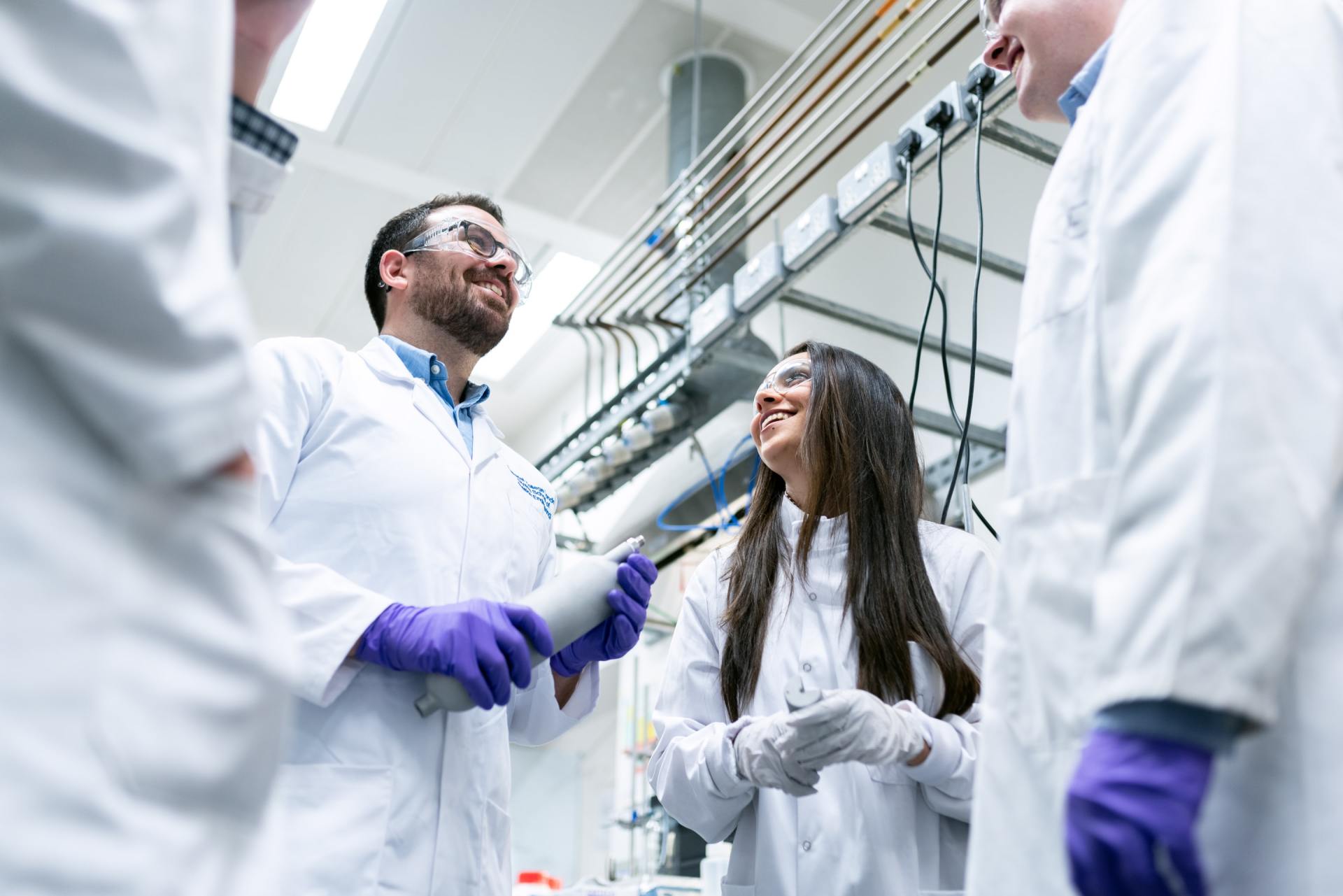
Slide title
Write your caption hereButton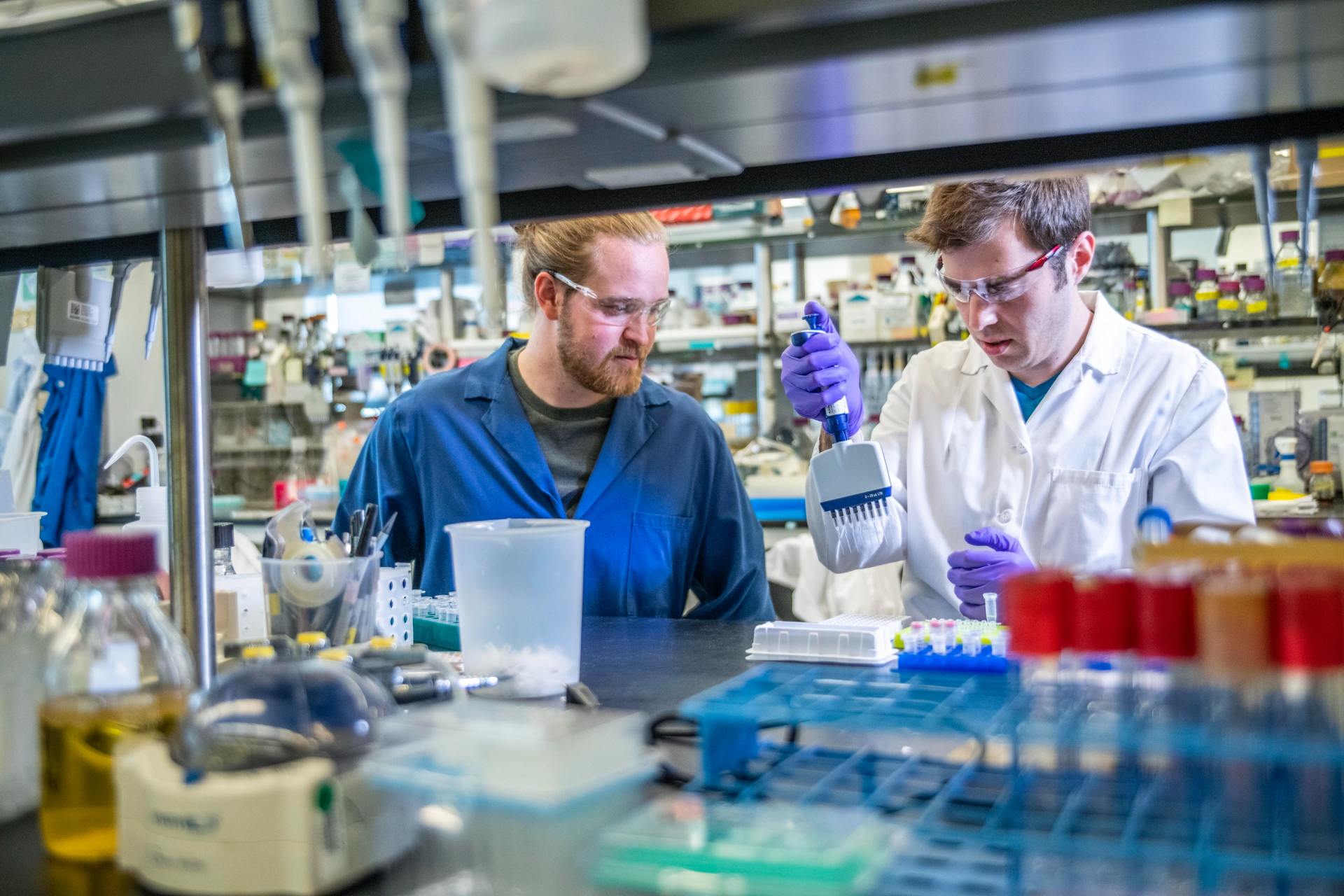
Slide title
Write your caption hereButton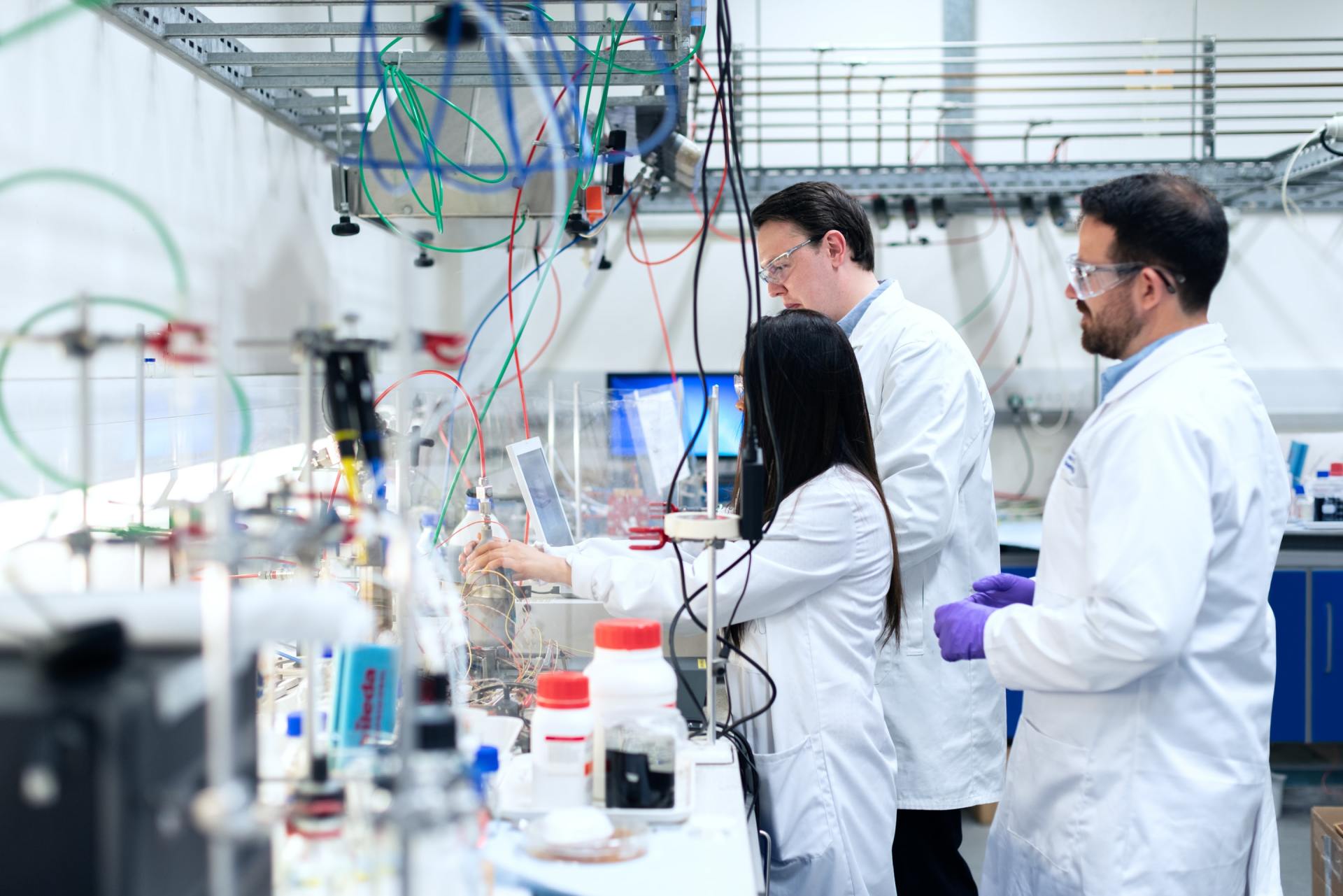
Slide title
Write your caption hereButton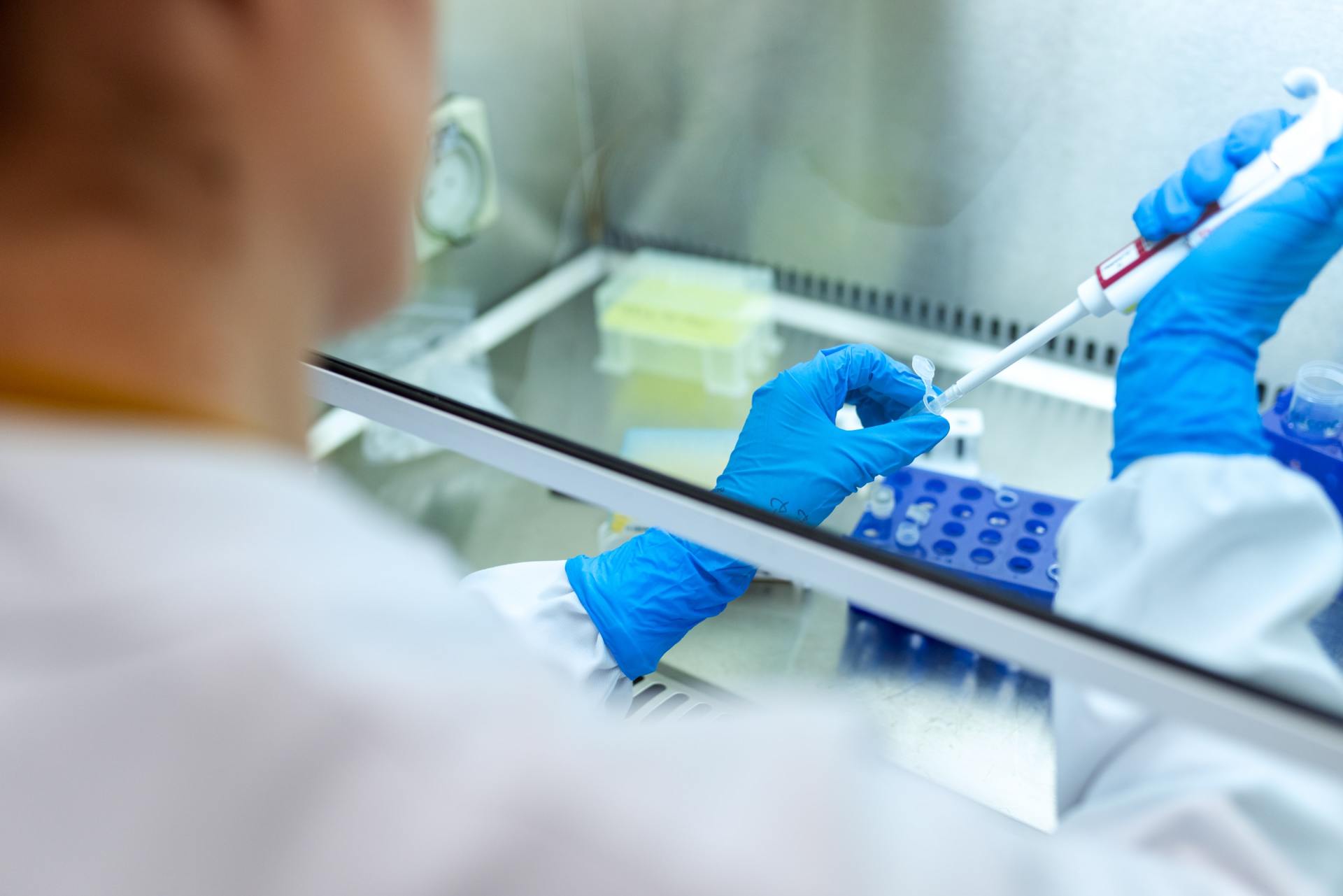
Slide title
Write your caption hereButton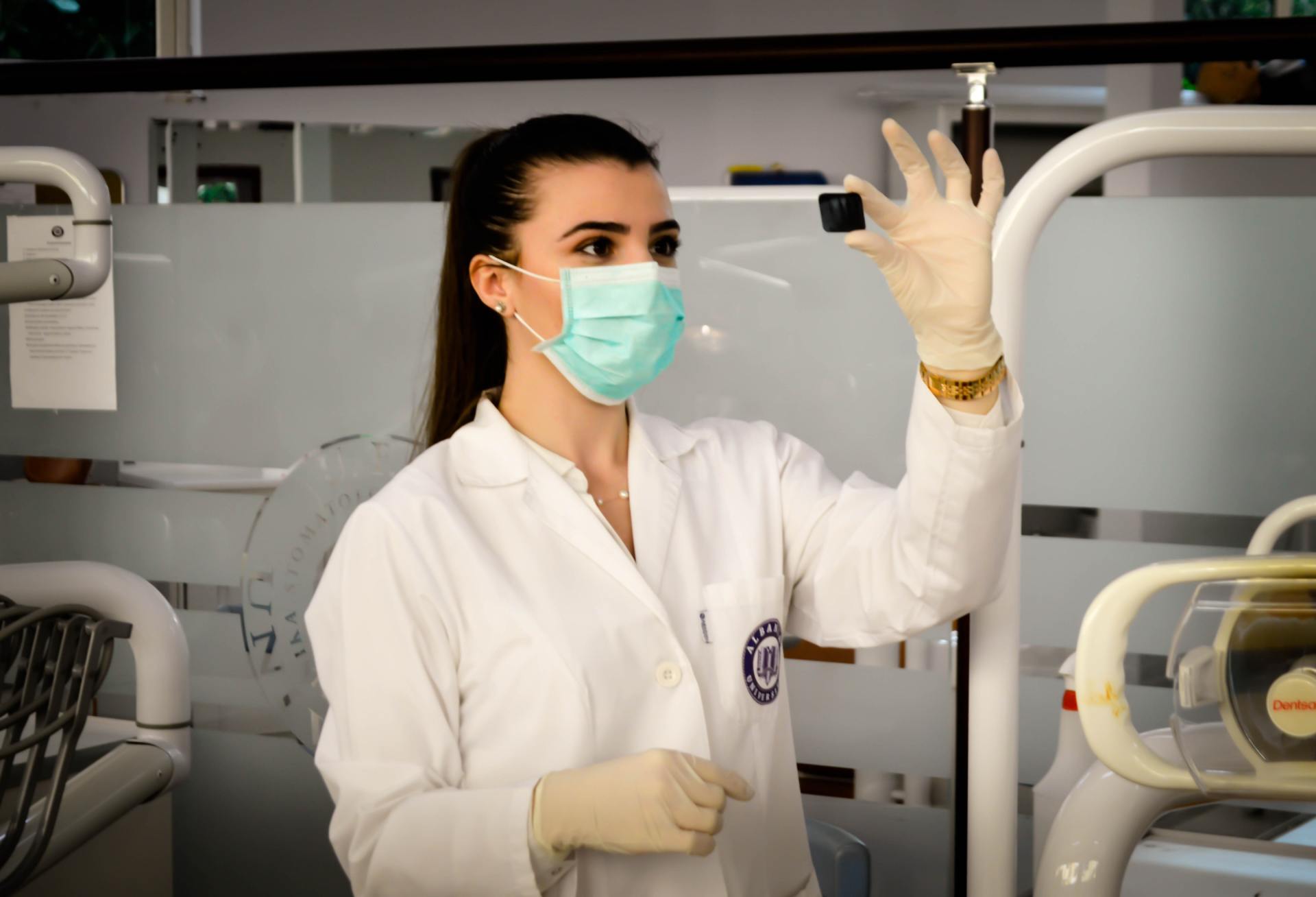
Slide title
Write your caption hereButton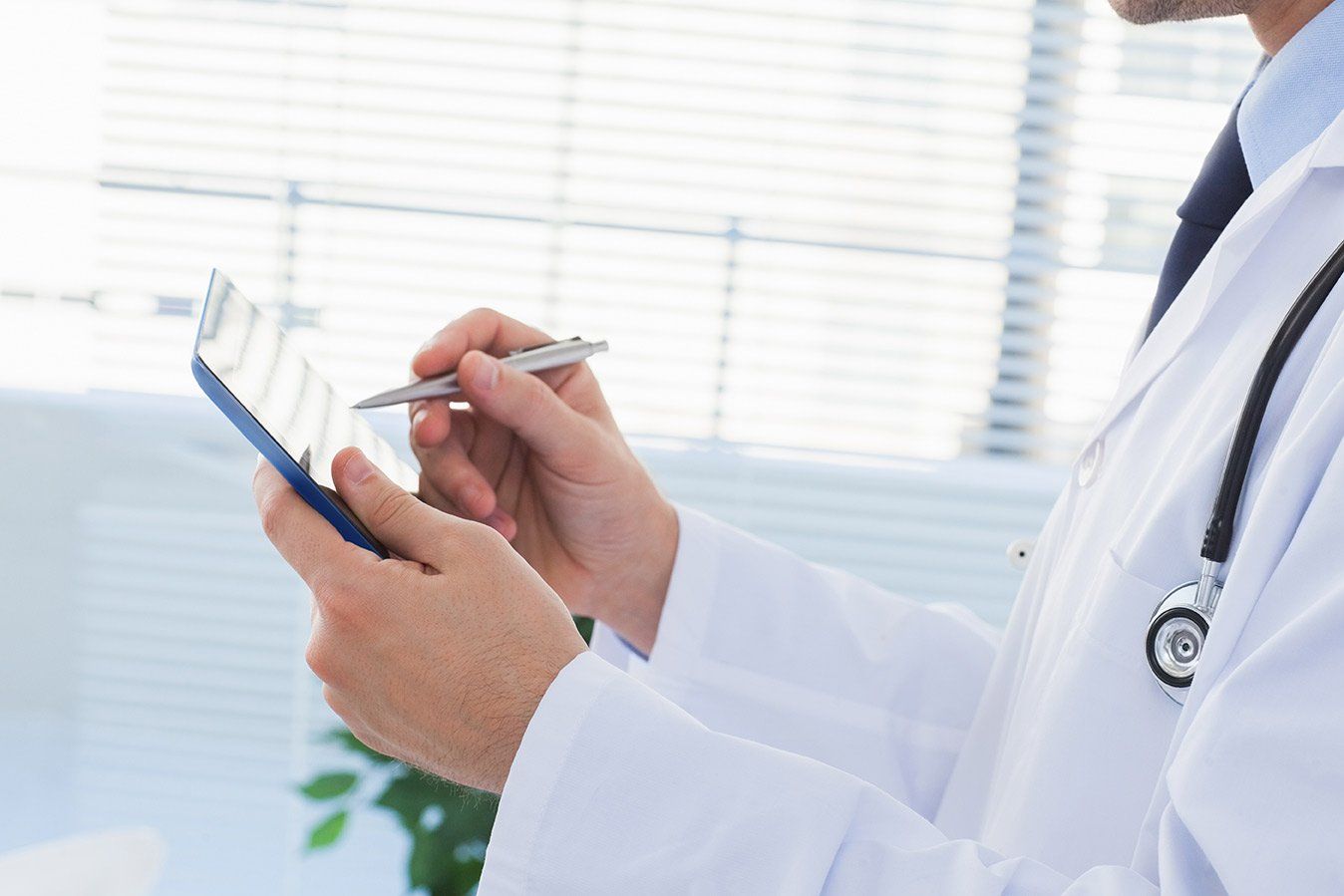
Slide title
Write your caption hereButton
Slide title
Write your caption hereButton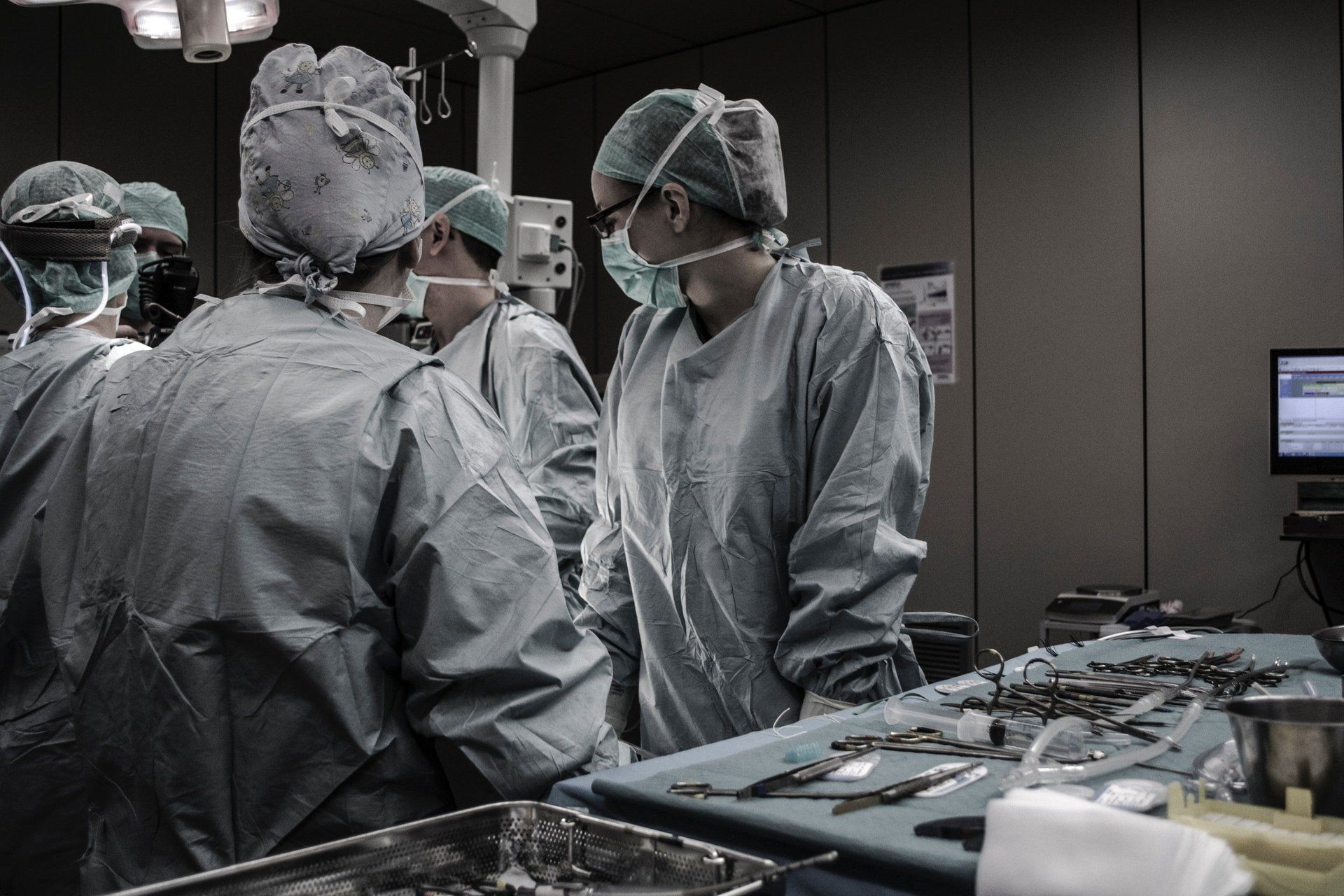
Slide title
Write your caption hereButton
Slide title
Write your caption hereButton
Slide title
Write your caption hereButton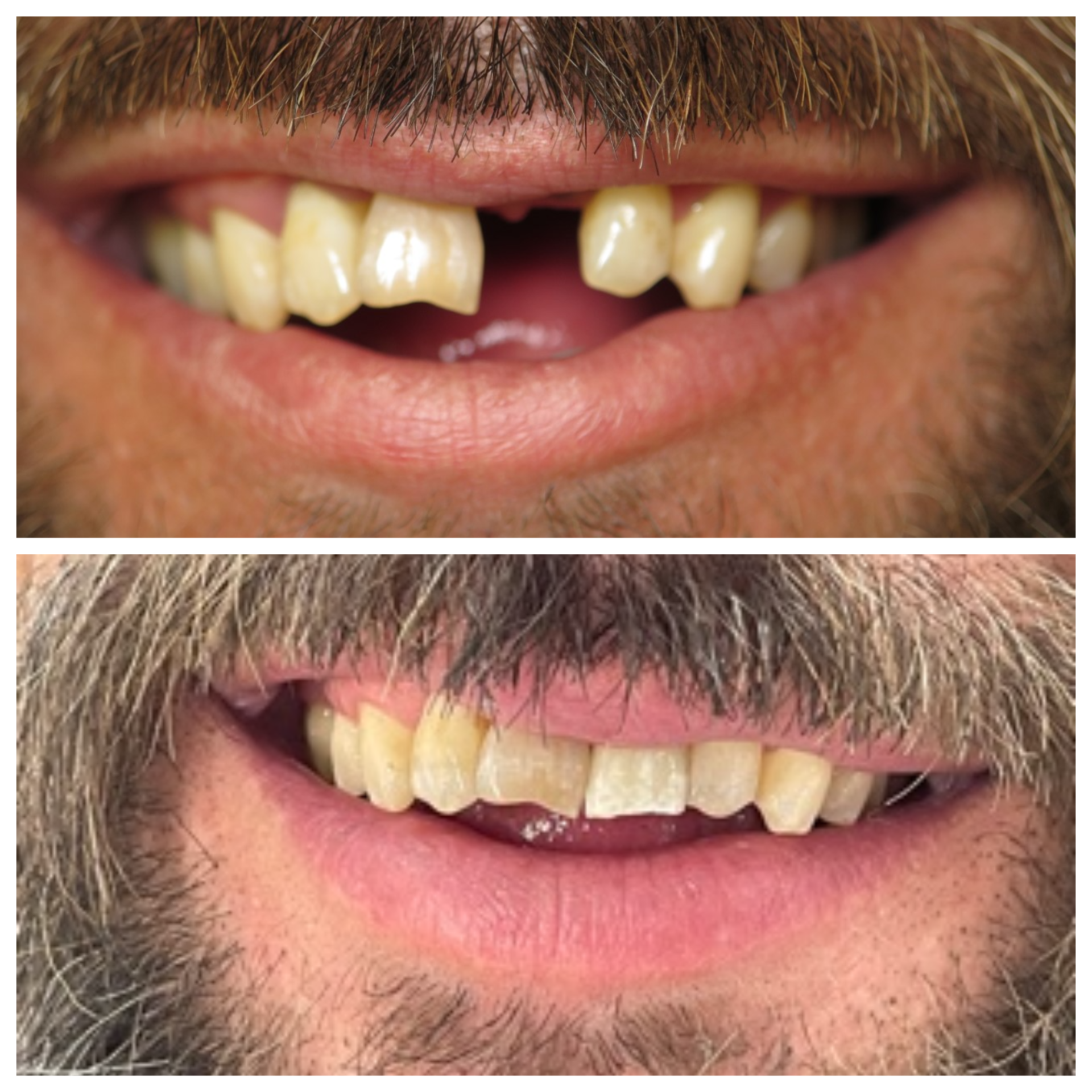
Slide title
Write your caption hereButton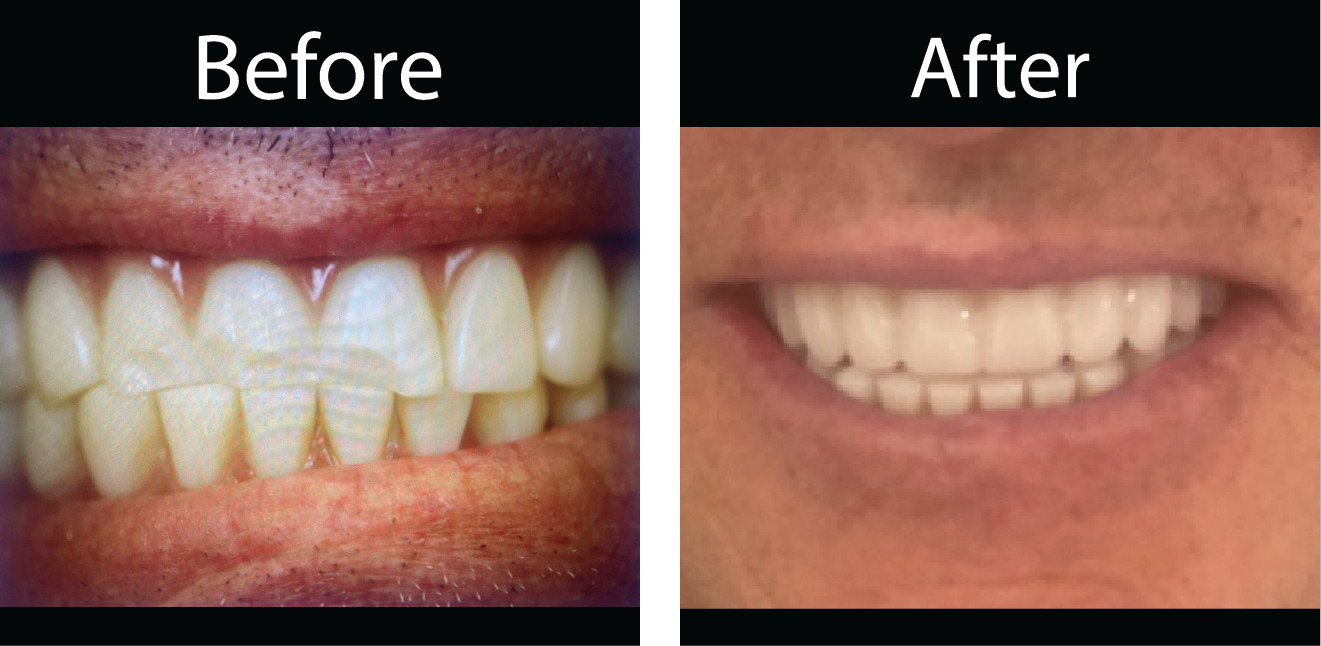
Slide title
Write your caption hereButton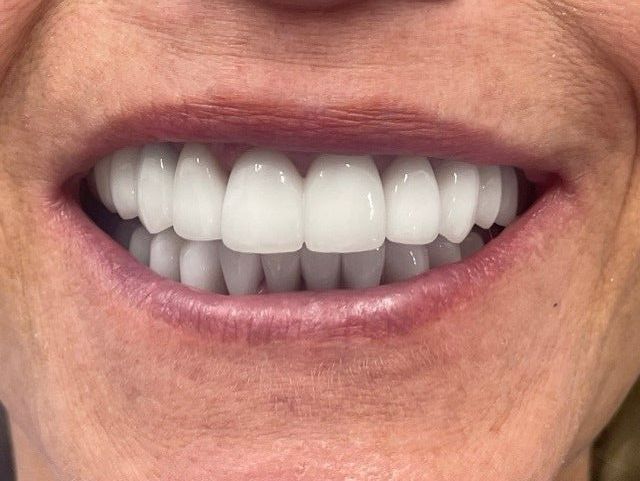
Slide title
Write your caption hereButton
Slide title
Write your caption hereButton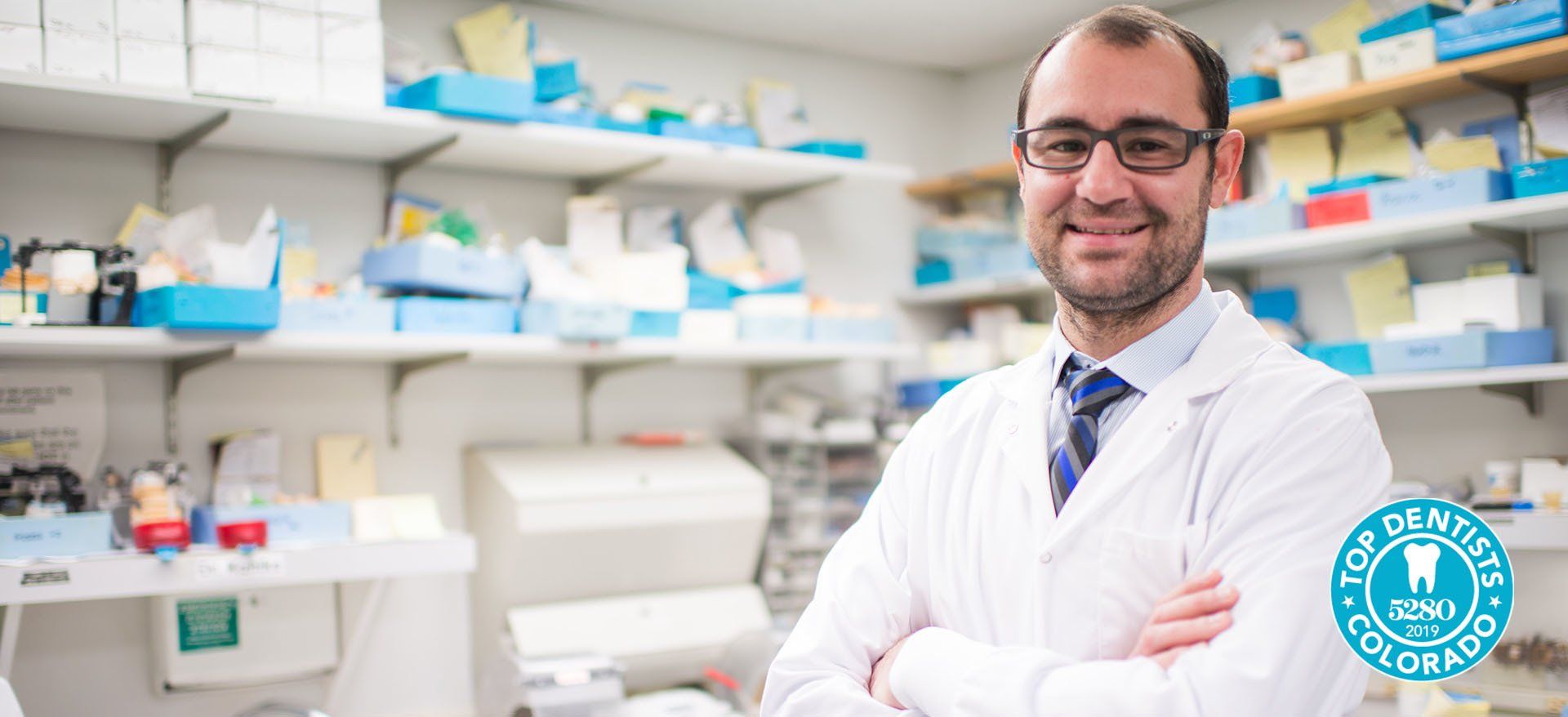
Slide title
Write your caption hereButton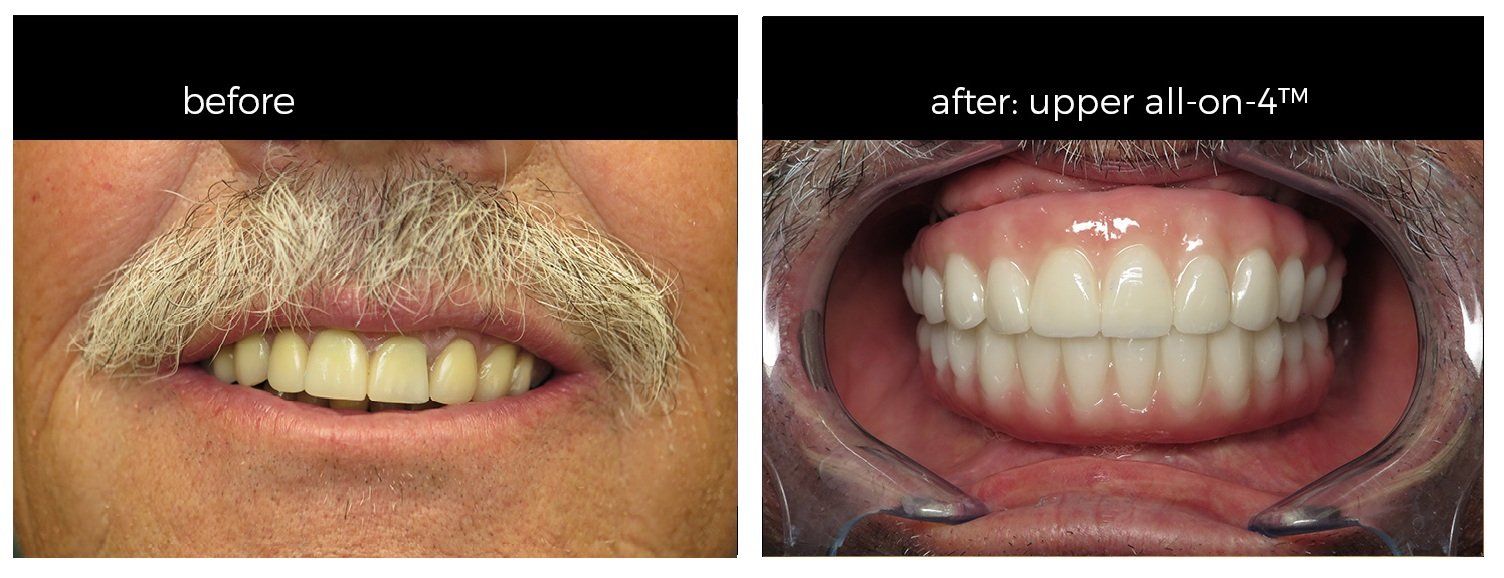
Slide title
Write your caption hereButton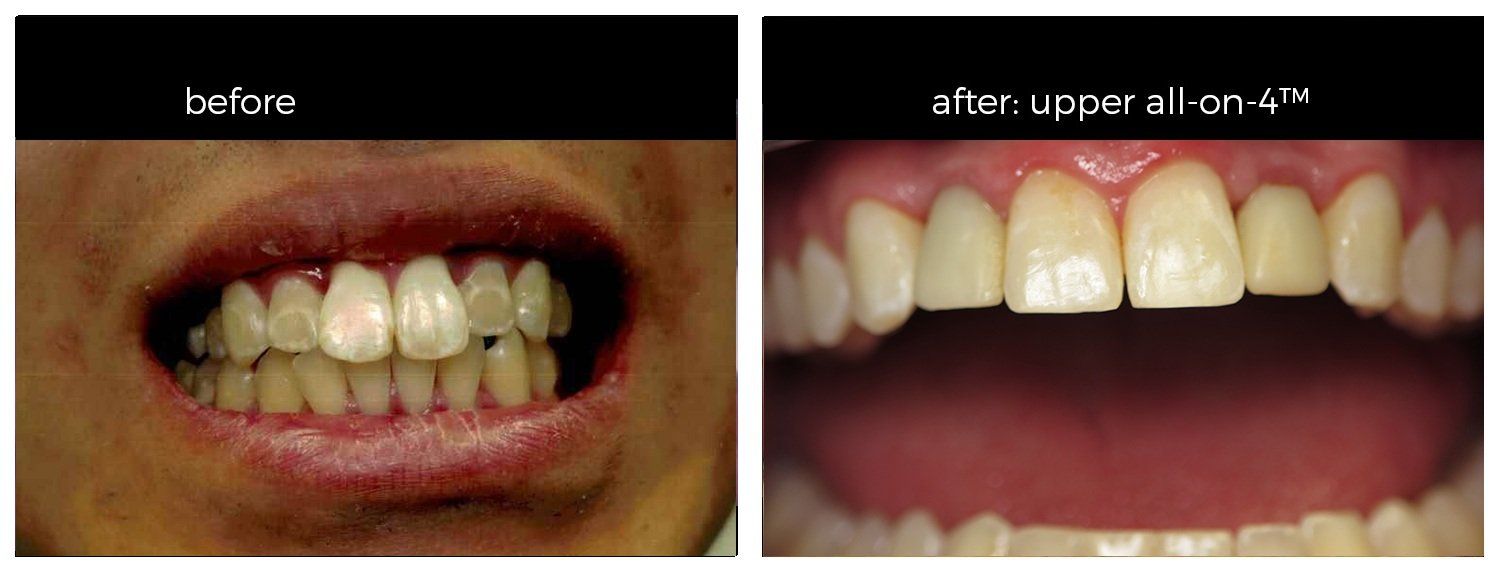
Slide title
Write your caption hereButton
Slide title
Write your caption hereButton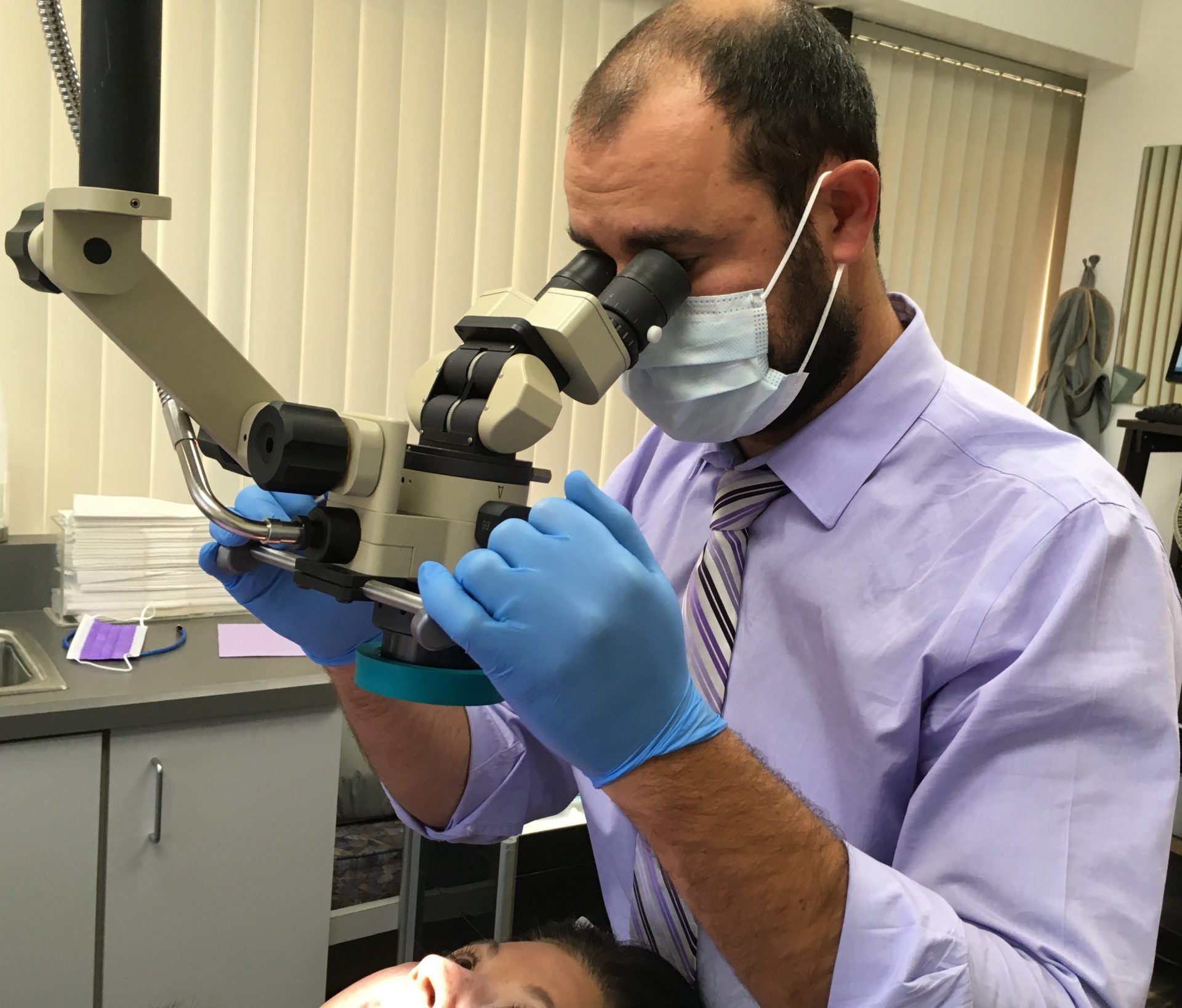
Slide title
Write your caption hereButton
DR. KONSTANTINOS HAROGIANNIS, DDS
What is the difference between a dentist and a cosmetic dentist?
Please feel free to call us to schedule visit with Dr. Harogiannis
303 - 789 - 2020Monday – Thursday: 7:30am to 5:00pm
Fridays: Appointments available upon request
Saturday - Sunday: Closed
3575 S Sherman St Suite #3 Englewood, CO 80113
Call us: 303-789-2020
Monday – Thursday: 7:30am to 5:00pm
Friday – Saturday: Appointments available upon request
Sunday: Closed
3575 S Sherman St Suite #3
Englewood, Colorado 80113
Call us: 303-789-2020
